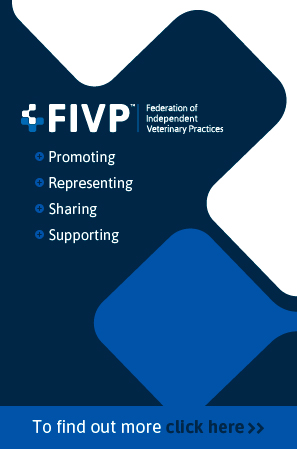Research funded to investigate rats’ ultrasonic vocalisations
It is hoped that this research will continue developments to monitor emotional responses in an objective and non-invasive way.
A new study has been funded to study rats' vocalisations to better understand their emotional responses.
The research has been provided with funding of £565,942 from the National Centre for the Replacement, Refinement & Reduction of Animals in Research (NC3Rs), with the intention of discovering whether two different refinement approaches result in positive welfare, and if this is reflected in the rats’ vocalisations.
A significant part of the study focuses on ‘refinement’ which, in the context of animal research, refers to the use of methods which cause the least suffering to the animals. This relies on the researcher’s ability to objectively assess an animal’s emotional response to the approaches.
Deciphering rats’ ultrasonic vocalisations will allow scientists to record their emotional responses without the need to remove them from the cage to conduct complex behavioural procedures. The research aims to establish whether these vocalisations are an effective way of understanding their emotions, during both acute experiences and their general ‘mood’.
Researchers from the University of Bristol will measure the rats’ responses in relation to two elements of refinement – habituation to human handling and a novel caging system. They will record the rats’ vocalisations during these increases in space and social interaction to measure how these responses differ.
The concept follows previous research from the university, which translated human behavioural psychology into accurate measurements of animals’ emotional experiences. One such procedure, the affective bias test, demonstrated that the high frequency calls of rats provided a measure of individual emotion.
It is hoped that this research will continue developments to monitor emotional responses in an objective and non-invasive way.
The research will be led by Emma Robinson, a professor of psychopharmacology at the University of Bristol.
She said: "We hope our study will show that by measuring rats' ultrasonic vocalisations it will provide a simple and easy to use method to evaluate refinements.
“Our approach will not require costly equipment or specialist expertise meaning it could be readily set-up and utilised within any animal research facility."
Image © Shutterstock



 With Strangles Awareness Week just around the corner (5-11 May), vets are being encouraged to share a survey about the disease with their horse-owning clients.
With Strangles Awareness Week just around the corner (5-11 May), vets are being encouraged to share a survey about the disease with their horse-owning clients.